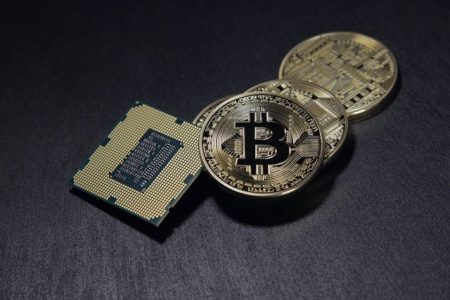What are NFTs, and why should you care?
You might be familiar with cryptocurrency: the digital currencies which can be exchanged for goods and services developed using a technology called blockchain. You may also have seen NFTs, or Non-Fungible Tokens, making headlines of late. In essence they are an asset also developed on blockchain.

You may also have never heard of the term. In fact, Google search queries in the UK for ‘non-fungible token’ have increased in frequency by nearly 10,000% between 24th January and 28th February. If this all sounds like another language to you, you are not alone, but it is a language that is making waves in the world of finance and art.
So what is an NFT, really? Well, first it makes sense to define what non-fungible means. Fungibility is the ability of an asset or good to be interchanged for another of its like. For example, money is a fungible asset. A ten pound note can be exchanged for ten one pound coins and vice versa. If you lend somebody ten pounds, it doesn’t matter if you’re repaid with the same ten pound note, two fivers or a handful of coins amounting to ten pounds: the value remains the same.
Things like cars and houses are considered non-fungible, as while they can be assigned a value and exchanged for assets amounting to that value, each unit has their own unique properties which cannot be wholly interchangeable. If you were to lend somebody a house for the weekend and returned to find a different one in its place, that would likely be an issue.
So why does this matter and where do tokens come into this? An NFT acts as a non-duplicable certificate of ownership for a digital asset. This means that a video, a jpeg image or even a tweet (yes, a tweet!) can be designated an ‘owner’ – somebody who has the inarguable rights to resell, distribute or license the digital asset as they see fit.
NFTs are not necessarily new, CryptoPunks and CryptoKitties, both forms of collectible digital assets, have existed as NFTs since 2017, but it is only in recent months that they have found mainstream interest. The most eye-watering example is an NFT representing a collection of digital art pieces by digital artist ‘Beeple’ called ‘Everydays: The First 5000 days’ which sold at auction with Christies on 11th March 2021. Consisting of 5000 works, which the artist had been posting online daily for more than a decade, it realised a sale price of over $69.3 million. That makes it the third highest price fetched for work by a living artist of all time.
While most NFTs do not reach a valuation amounting to even a fraction of that price, it has set an interesting precedent for the value and potential of digital artworks.
Some see this technology as an opportunity for artists, some as an opportunity for investment, and others as an environmental disaster. The carbon footprint of the Ethereum blockchain technology that underpins most NFT creation and trading is under intense scrutiny. While alternative blockchains with less of an environmental impact are set to enter the NFT arena, the future of the technology and the impact it has is still very much up for debate.
The past performance of any investment is not necessarily a guide to future performance. It is important to keep in mind that the value of investments and assets may go down as well as up.
Sources
https://trends.google.co.uk/trends/explore?geo=GB&q=%2Fg%2F11g0g4sbp3
https://www.investopedia.com/terms/f/fungibility.asp
https://www.theverge.com/22310188/nft-explainer-what-is-blockchain-crypto-art-faq
https://digiday.com/media/wtf-is-an-nft/
https://www.theverge.com/2021/3/15/22328203/nft-cryptoart-ethereum-blockchain-climate-change